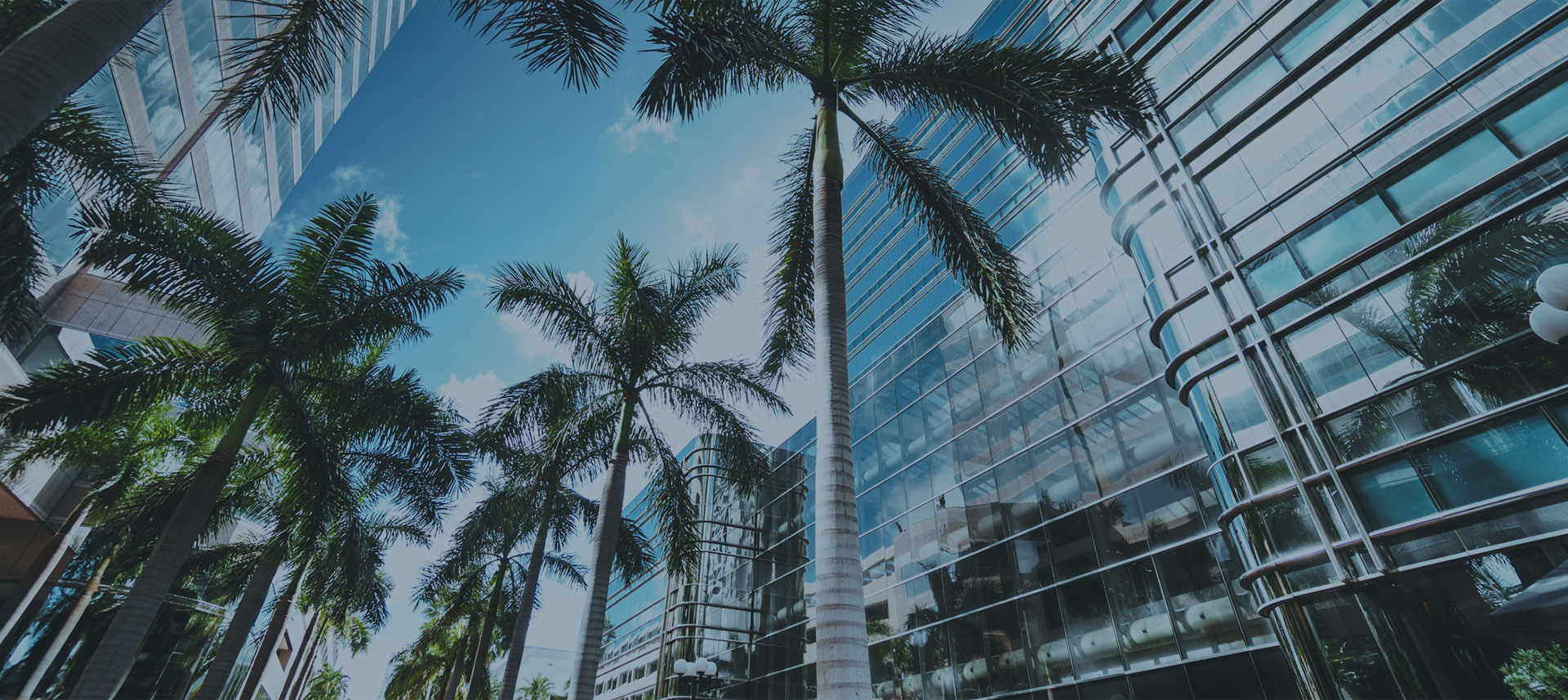
What to Do After a Car Accident
- 1. Check for injuries and move to a safe area
- 2. Exchange information
- 3. Document the crash
- 4. Decide whether to file a claim
Accidents happen, even to careful drivers. The first thing to do after you’ve been in one? Try to remain calm. The post-accident process is fairly straightforward, but it’s not always easy. Keeping a cool head will help you document the wreck thoroughly and accurately.
Follow these steps to ease the stress after a crash, and make the potential claims process more efficient.
1. Check for injuries and move to a safe area
Immediately determine if anyone is injured. If so, call 911 to get an ambulance and police on the scene. Even if the incident was minor and the other driver is cooperative, calling the police is required in some states. Besides, that way you’ll have an official report to give to your insurance company, which it’ll likely ask for.
If the vehicles involved are still operational, get them to the shoulder or off the main road and turn on the hazard lights. Make sure to pull completely off the road to avoid being hit by approaching vehicles. If you have flares or reflective emergency triangles, set them up to warn other drivers. If there appears to be a danger of explosion, get everyone away from the vehicle to a safe place off the road.
2. Exchange information
Generally, you need to provide only your name and your insurance information to any other drivers involved. While you might want to hash out the details of the crash with the other driver, it’s best to limit your interaction so you don’t admit guilt, blame the other person or let the other driver know what your insurance policy limits are.
The information you should try to collect includes:
-
Name and insurance information of the other driver, including the policy number and insurer’s phone number.
-
The other driver’s telephone number, if they are willing to provide it.
-
Witness contact information.
-
Police report number and a copy of the police report if possible.
-
Police officer’s name and badge number.
3. Document the crash
You’ll want to diligently document the scene of the accident. Here’s a list of everything you should capture:
-
Photos of all damage, including any to the other driver’s car.
-
Photo of the other driver’s license plate.
-
Date and time of the accident.
-
Personal notes on what happened, including the speed you were driving and road conditions. If you can, draw a diagram of the scene and how the accident occurred, including the direction each vehicle was traveling.
Some insurance companies, including Geico and Allstate, offer free smartphone apps to help you document the details of a crash.
4. Decide whether to file a claim
If the accident was your fault, you’re not required to file a claim. But be aware that even an accident that seems minor could be costlier than you think.
If the accident wasn’t your fault, you’re responsible for filing a claim with the at-fault driver’s insurance company. Call your own insurer first — they may file the claim with the driver’s insurer on your behalf.
You might still have to use your own insurance, even if a crash was another driver’s fault. If that’s the case, file a claim with your insurance company and be prepared to pay a deductible. Your insurer will communicate with the other driver’s insurance company and refund your deductible if needed.
https://www.nerdwallet.com/article/insurance/what-to-do-after-a-car-accident
Categories: Blog
